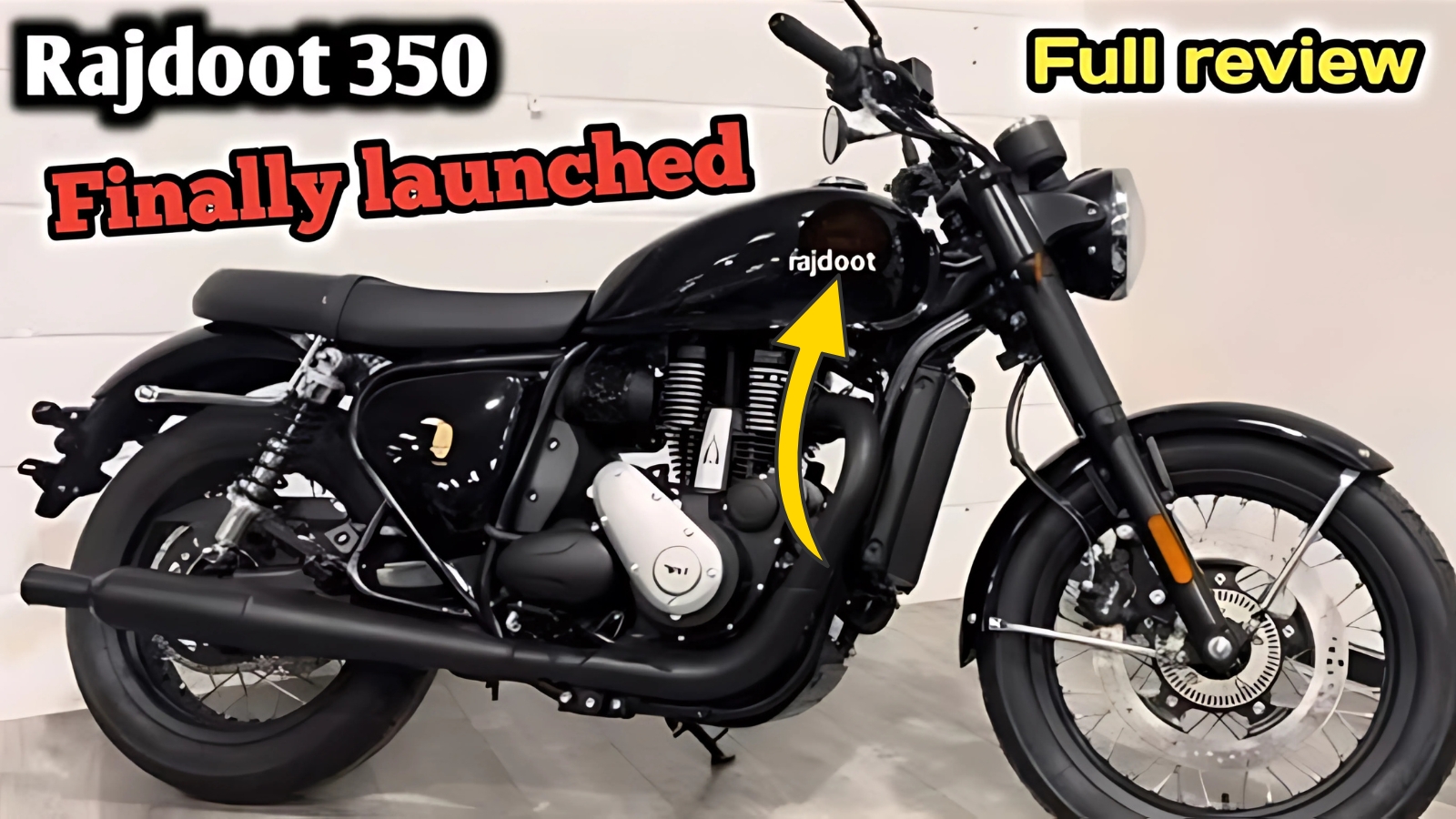Rajdoot 350 : The Indian motorcycle landscape has been shaped by numerous legendary machines, but few command the same reverence and nostalgic appeal as the iconic Rajdoot 350. This remarkable motorcycle, which captured the hearts of enthusiasts throughout the 1980s, represents more than just a mode of transportation – it embodies an era when raw power, mechanical simplicity, and unadulterated riding pleasure defined the Indian two-wheeler experience. The story of the Rajdoot 350 continues to resonate with motorcycle lovers, sparking conversations about heritage, performance, and the possibility of revival.
Engineering Excellence from a Yamaha-Escorts Collaboration
The Rajdoot 350, also known as the RD, was a two-stroke Yamaha motorcycle made in India by Escorts group from 1983 to 1989. This remarkable machine emerged from a strategic collaboration between the Indian Escorts Group and Japanese motorcycle giant Yamaha, representing a perfect fusion of Japanese engineering prowess with Indian manufacturing capabilities.
At its core lay an extraordinary powerplant that would become legendary among Indian motorcyclists. It has a 7-port two stroke parallel twin engine, Yamaha’s patented Torque Induction System using reed valves, 6-speed manual transmission, autolube system, mechanical tachometer, 12 volt electrics and 0-60 km/h in less than four seconds. This impressive acceleration figure made it one of the fastest motorcycles available in India during its production years.
The technical sophistication extended beyond mere power figures. RD stands for ‘Race derived’, in India promoted by Rajdoot in collaboration with Yamaha Japan. It is a licensed copy of the Yamaha RD350B, modified to suit Indian conditions. These modifications ensured the motorcycle could handle Indian road conditions while maintaining the performance characteristics that made the original RD350B famous worldwide.
Performance Characteristics That Defined an Era
The motorcycle’s performance credentials were truly impressive for its time. Even though the production of the air-cooled Yamaha RD350 had ended in Japan in the mid-1970s due to stringent emissions norms, it was a technically advanced motorcycle in the Indian market in 1983. This timing advantage allowed Indian riders to experience cutting-edge technology that was already considered advanced by global standards.
Power delivery came in two distinct variants to cater to different rider preferences and market segments. The HT was made from 1983 to 1985 (until 1989 for the Government). It develops a respectable 30.5bhp @6750 rpm, detuned from 39 bhp (29 kW) by restricting the exhaust ports of the Yamaha RD350B. Additionally, a more economical variant was introduced to address fuel efficiency concerns in the cost-conscious Indian market.
The motorcycle’s competitive positioning was strategic and ambitious. It was primarily targeted at the Royal Enfield Bullet 350, which was the biggest-capacity motorbike in India at the time. The Yezdi Roadking 250 was another competitor. This positioning placed the Rajdoot 350 squarely in premium territory, challenging established players with superior performance and modern technology.

Market Challenges and Commercial Reality
Despite its technical excellence, the Rajdoot 350 faced significant commercial challenges that ultimately limited its success. However, the Rajdoot 350 was not a commercial success due to its relatively high fuel consumption in a cost-conscious Indian market. High purchase price, poor availability of expensive spare parts and lack of trained service personnel did not help either.
These challenges highlighted the gap between engineering excellence and market readiness in 1980s India. A variety of issues hindered the sales of RD350 in India. Maintenance of an RD350 was not an easy task as there were not enough trained mechanics who could handle its twin-cylinder engine. Spare parts were neither readily available nor very affordable.
Fuel consumption became a particular concern for budget-conscious Indian consumers. The HT’s fuel consumption is 20 km/L (urban) 25 (mixed), that of the LT is 35 km/L – figures considered quite steep by most of the population at the time. These consumption figures, while reasonable by modern standards, were considered excessive in an era when fuel efficiency was paramount for most motorcycle buyers.
Current Status and Revival Speculation
Today, rumors and speculation about a potential Rajdoot 350 revival circulate regularly in motorcycle enthusiast communities. However, the current reality regarding brand ownership and production capabilities differs significantly from these hopeful projections. Escorts wrapped up their motorcycle manufacturing operations in 2001, when the company’s motorcycle plant was closed and sold off to Yamaha. Since then, the Rajdoot brand has remained dormant.
Recent internet reports claiming new Rajdoot 350 launches have been thoroughly debunked by automotive journalists. Some “news” sites have also gone ahead and claimed that this is powered by a 350cc single-cylinder engine that promises an unbelievable mileage of 80kmpl. Not just that, but these sites have also claimed that this new “Rajdoot” will launch in India sometime in 2025 at a shockingly low price of just Rs 1 lakh. These claims have been verified as false, often featuring images of unrelated Chinese motorcycles.
Motorola Frontier – Premium style smartphone comes with 200MP camera
Rajdoot 350 Enduring Legacy and Cultural Impact
Despite production ending over three decades ago, the Rajdoot 350’s cultural impact continues to influence Indian motorcycling. After the runaway success of its smaller stablemate Yamaha RX 100 introduced in 1985, the Rajdoot 350 stayed in production as a flagship model, and production ended in 1990. The last bikes were reported to be sold in 1991.
The motorcycle’s legacy extends beyond mere nostalgia – it established important precedents for performance motorcycling in India. The RD350 was the first sporting motorcycle built in India, and it still enjoys cult status, with many RD clubs around the country. This enduring enthusiasm demonstrates how the Rajdoot 350 transcended its commercial limitations to become a cultural icon.
The Rajdoot 350 remains a testament to what’s possible when engineering ambition meets manufacturing capability, even if market conditions don’t always align perfectly with technical excellence.
